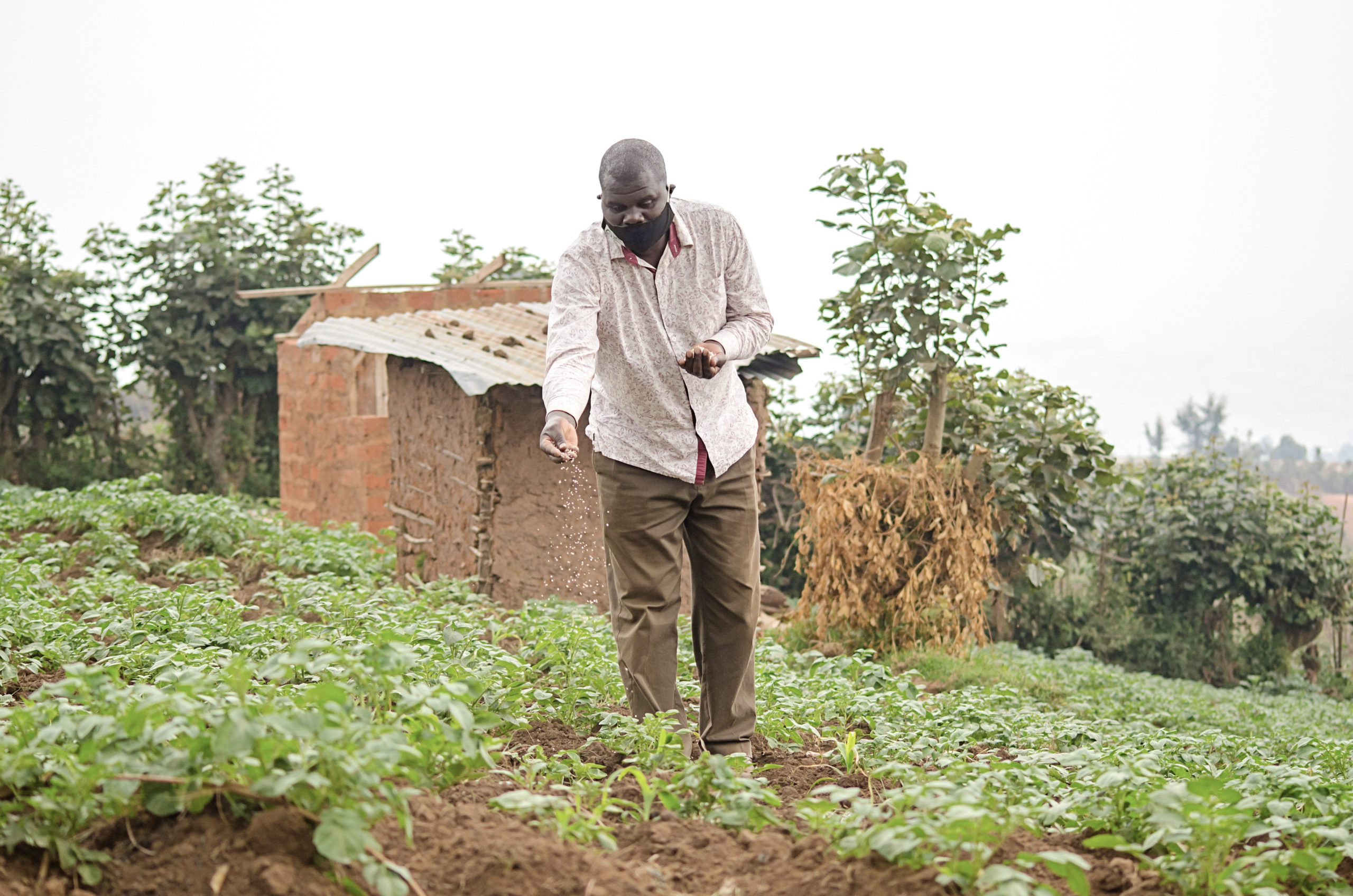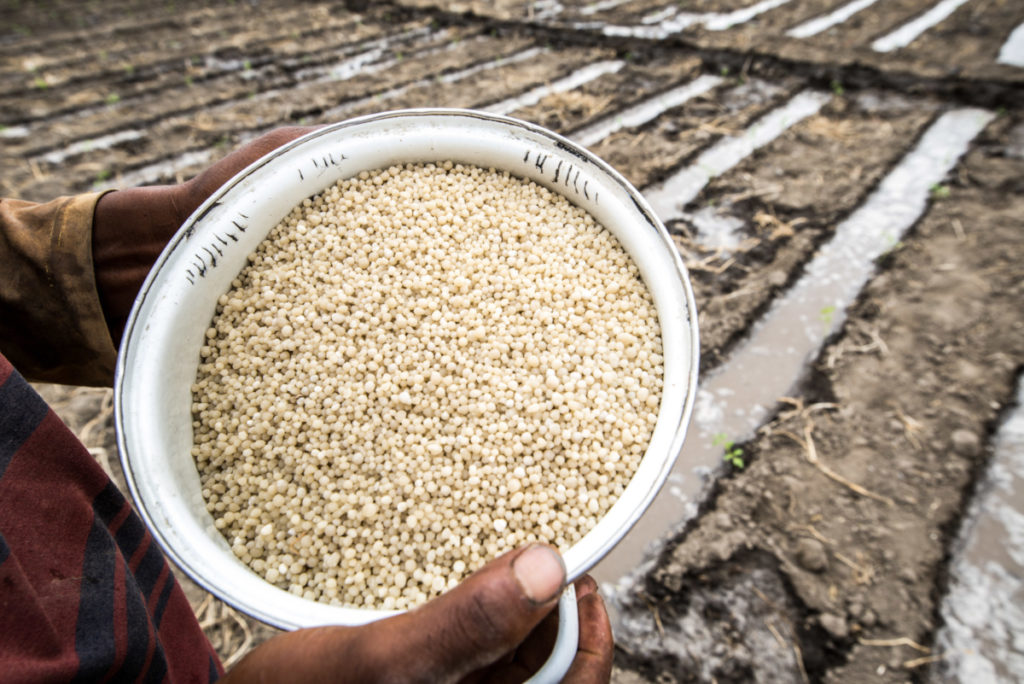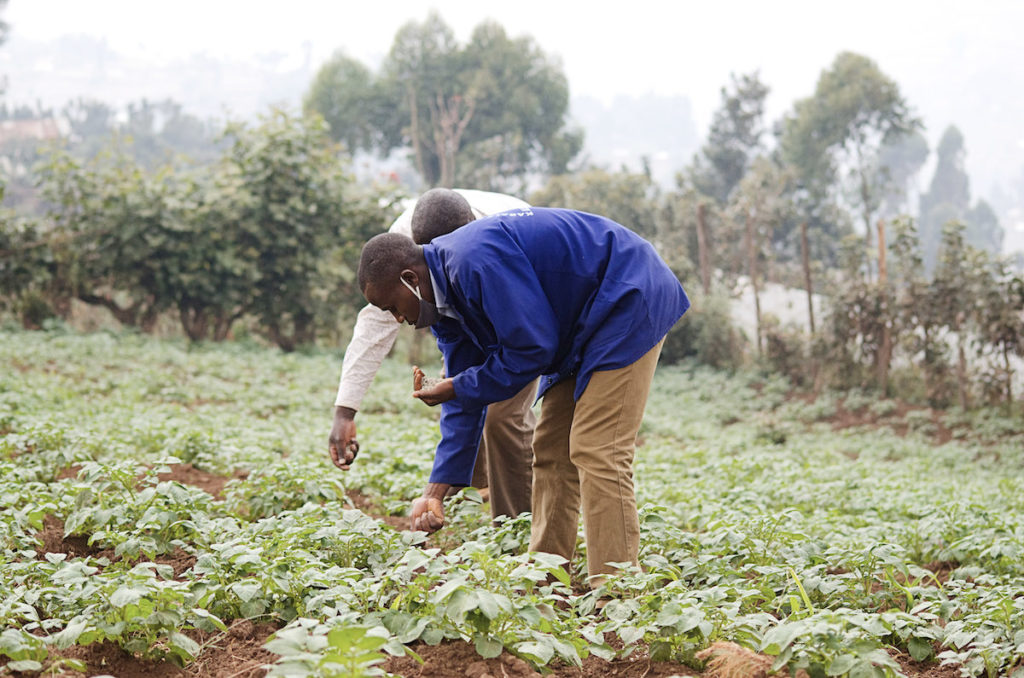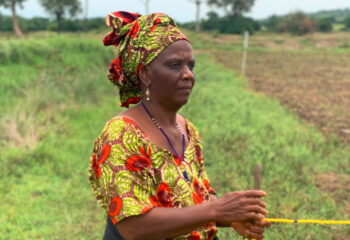
With the pandemic and current invasion of Russia into Ukraine, all eyes are on the rising global food and fuel prices. And the newly published 2022 State of Food Security and Nutrition in the World (SOFI) report has confirmed a great fear: 150 million more people are undernourished than before the COVID-19 pandemic began and ground has been lost in achieving SDG 2 (among others) by 2030. Though this indicator had steadily decreased from 2005 to 2017, it is now rising much more sharply. Therefore, the report urges the U.S. $630 billion in support to agricultural services be repurposed to make nutritious foods more available and affordable.
While the SOFI report only briefly mentions fertilizer and soil health, IFDC believes that a realistic take on improving soil health, especially on the African continent, is required to achieve sustainable, long-term, and climate-smart availability of nutritious foods. The answer lies beneath our feet.

During the United Nations Food Systems Summit (UNFSS), soil was identified as a key means to “[deliver] the productive and sustained ecosystems needed to transform food systems to nature-, people and climate-positive.” However, realistic investments in research on soil health and alternative ways to make depleted soils more productive have yet to materialize, and a call for repurposing of investments to soil health research was unfortunately lacking in the SOFI report.
Time and time again, investing in soil health has proved to be a fundamental strategy to mitigate climate change and biodiversity loss and the best foundation for improving food and nutrition security. With the continuing war in Ukraine and lingering effects of the pandemic, IFDC estimates a 30-40% reduction in fertilizer use on the African continent in 2022. Not only does this directly relate to a reduction in the necessary food and calories for 100 million people, but the depleted soils of the continent will also continue to deteriorate.

While IFDC lauds the urgent action noted in the SOFI report “to [minimize] restrictions on global food and fertilizer trade, and disruptions to supply chains to mitigate [the] food price crisis” (SOFI p. 38), crop rotation and intercropping with legumes, as recommended by the report, will not solely resolve the urgent need to bring carbon back into soils. If crop residues continue to be removed and insufficient fertilizers (organic and mineral) applied, significant gains in soil health cannot be realized. IFDC heartily disagrees that the use of fertilizers is linked to “chemical contamination” of foods (SOFI p. 115). The distinction between the misuse and the proper use of fertilizer must be made. It is also unhelpful to contribute to the misconception that mineral fertilizers and chemical crop protection products belong in the same category.
Soil degradation, especially on the African continent, cannot be reversed economically with the use of organic fertilizers or good agricultural practices (such as those mentioned above) alone. The amount of nutrients replaced in African soils (10% of the global average) cannot begin to produce enough biomaterial to restore the yearly 50 kilograms per hectare nutrient losses seen on the continent. The amount of nutrients internal to the current production system that can naturally be supplied by soils to plants is inadequate to raise crop yields and profitability of African farming systems.
Using the 4R principles of fertilizer application (Right mineral fertilizers at the Right rate, at the Right time, and in the Right place), in combination with organic amendments (where available) and the application of Integrated Soil Fertility Management (IFSM) practices, is the foundation to improve soil health and thereby crop production and human nutrition. Additionally, the judicious application of mineral fertilizers will increase the sustainability of food systems to produce more with less water, land, and, in time, mineral fertilizer. But the foundational health of the soil must first be built, and this takes time and continued investment.
Ample scientific evidence demonstrates that more and better fertilizers (i.e., with higher nutrient use efficiency) are needed for the African continent if yield gaps are to be closed and sustained food security and human nutrition are to be achieved. We call for coordinated action from governments, industry, the research community, and donors/investors to bring this about and positively impact the lives of those millions who would otherwise experience food insecurity and malnutrition. Working together, zero hunger can still be achieved.



